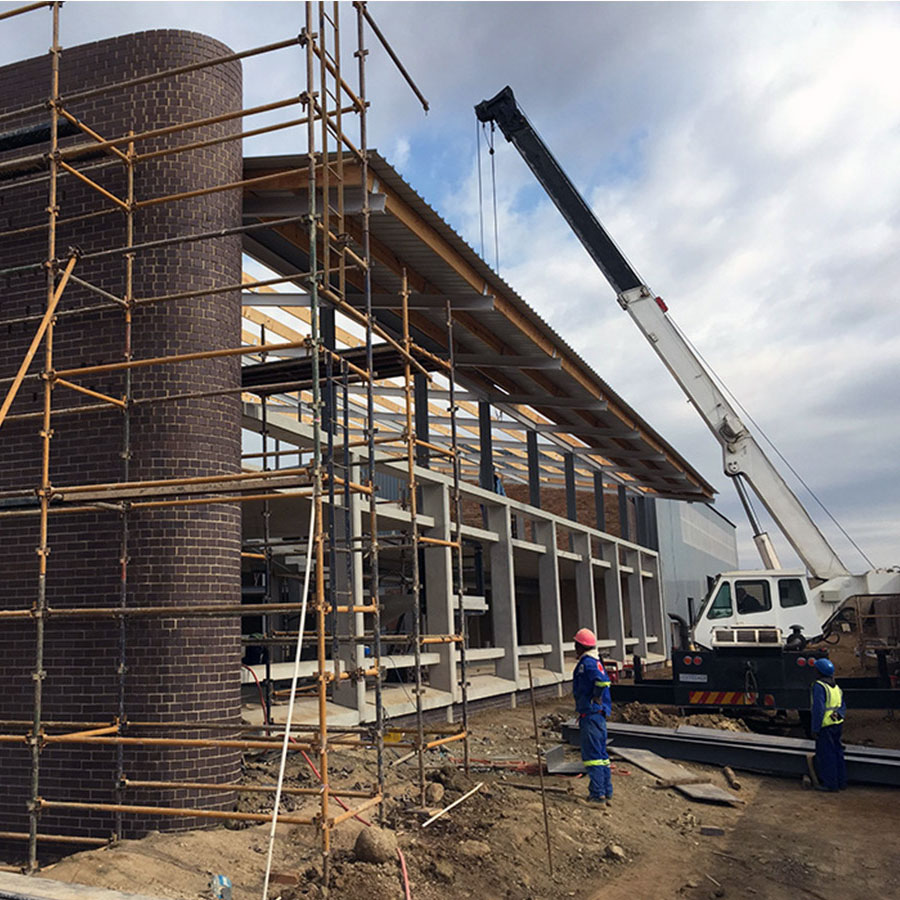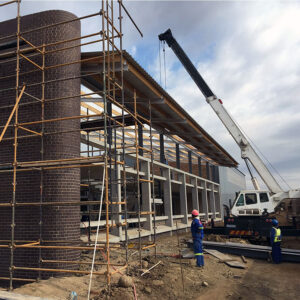Residential Roofers specialize in the installation, repair, and replacement of the roofs on homes. They use various materials, including shingles, metal panels, and wood shakes.
They may also offer gutter services. They often have multiple crews available and can provide a fast response. They are also able to negotiate prices. Contact Roofers In South Jersey for professional help.
If you’re looking to hire a residential Roofer, it is important to find one that has a state license. A state license is essential because it ensures that the contractor has been vetted and is up to date on all of the latest roofing regulations. You should also check if your roofer has worker’s compensation and general liability insurance. A licensed roofer will be able to provide proof of both of these things.
Most states require that a roofer be licensed in order to work on commercial or residential projects. Some states also require that a roofer have workers’ compensation and general liability insurance. Some states even have a registry of contractors to keep track of roofing companies and make sure they are licensed and insured.
To become a licensed roofer, you must pass the residential roofer trade exam. Then, you must provide proof of insurance and post a $15,000 surety bond. You can apply for a license by submitting an application for a construction contractor or residential specialty contractor license.
A licensed roofer must complete pre-licensing training and pass the PSI examination for either the construction contractor or residential specialty contractor exam. Then, you must submit your paperwork and pay the required fee. You must also provide a current copy of your workers’ compensation and general liability insurance. If you are a professional corporation or limited liability company, you must file a Certificate of Licensure and a PLLC Certificate of Licensure with the state.
In Utah, you must register your roofing business and have a roofing contractor’s license to perform roofing work. In addition, you must pass an exam and have a minimum of five years of experience in the field. You must also pass a background check and show proof of financial solvency.
Local
Local roofing contractors are part of the community and they prioritize the well-being of their neighborhood. They know the climate, common issues and the type of roof that best suits the area. They can also deliver personalized customer service and provide hands-on expertise that you won’t get with out-of-area franchises.
Besides the repair, installation, and replacement of residential roofing systems, Lawton’s roofing specialists offer services like skylights and gutter projects. They also help homeowners through the property insurance claim process related to storm damage. They are experienced in handling different types of roofs, including sloped and flat. They use high-quality materials for their work, such as asphalt shingle and rubber.
The best residential roofing contractors will provide a detailed, thorough estimate while on your property. However, a contractor who offers an estimate after they’ve left your home usually means that they are a middleman or commission salesperson. If the roofer you’re considering can’t produce a written estimate while on your property, they’re likely to be a scam artist. Moreover, choosing a local roofing company is an excellent way to avoid storm chasers who are only interested in your insurance money. Moreover, the local roofing contractors will be able to provide you with a list of past clients who can vouch for their professionalism.
Experienced
If you’re looking for a new roof or need your current one repaired, it’s important to hire experienced residential Roofers. The last thing you want is for a rogue contractor to damage your home or ruin the warranty on your roof. Inexperienced contractors will also likely lack the insurance that covers any work they do. They may even be unable to provide any documentation of their work. It’s best to avoid these types of contractors at all costs.
Residential roofers are responsible for a variety of tasks, including installing and repairing the roofs on homes and apartment buildings. These contractors can also help homeowners choose shingles and tile styles that are appropriate for the property. They may also replace roof underlayment that has been damaged by a storm. In addition, they can repair leaking gutters and clean out the drains on the roof.
Roofers are required to wear safety gear and follow strict workplace regulations, both for their own protection and the safety of others on site. They must also be able to keep up with evolving technology. If they can’t, they may find themselves at a competitive disadvantage. For example, many roofing jobs now rely on computers for communication, scheduling, estimating and other tasks.
Choosing an experienced residential Roofer can save you money and prevent potential problems in the future. A good roofer should be able to show you proof of their licenses and insurance before beginning the job. A reputable company will have no problem emailing you copies of these documents, which you can use to check their authenticity. You should also be able to look them up in state and federal directories to ensure they aren’t operating under false pretenses.
Reputation
When choosing a roofing contractor, it is important to consider their reputation. Often times, you can find out about the quality of their work by reading online reviews. You can also ask for referrals from family and friends. Lastly, make sure the roofing company has multiple online sources that Google recognizes – this is a good indicator that they are an established and legitimate business.
Residential roofers specialize in installing and repairing the roofing system on homes. They install both new and replacement roofs, utilizing a variety of materials including shingles. They also repair leaky gutters and clean debris from the roof. They provide regular updates about the progress of your project, either through email or phone calls. They are always available to answer any questions that you may have during the process.






